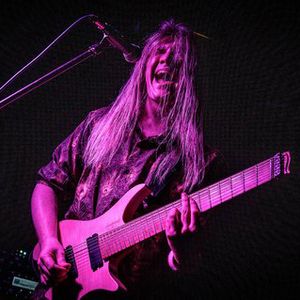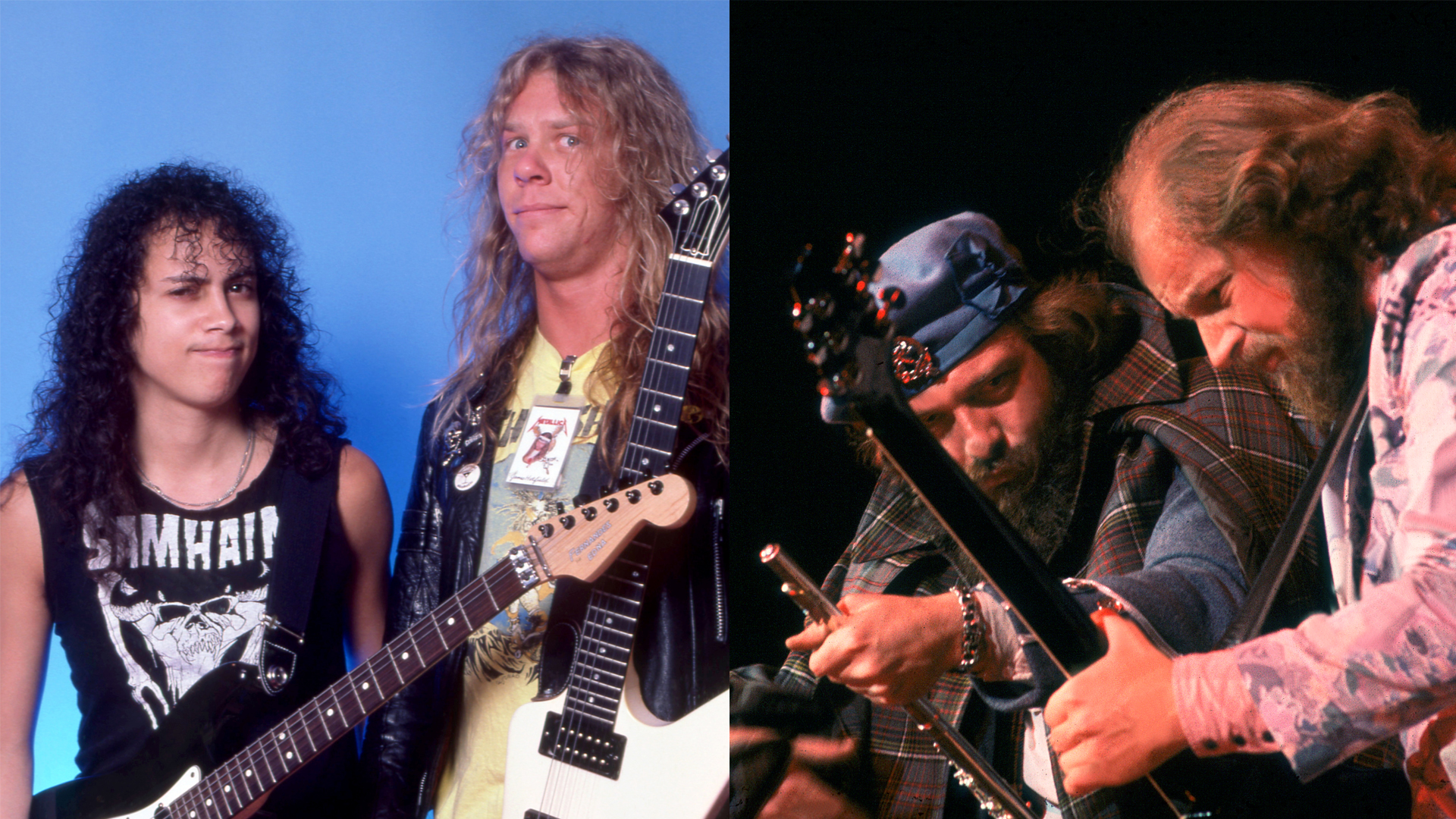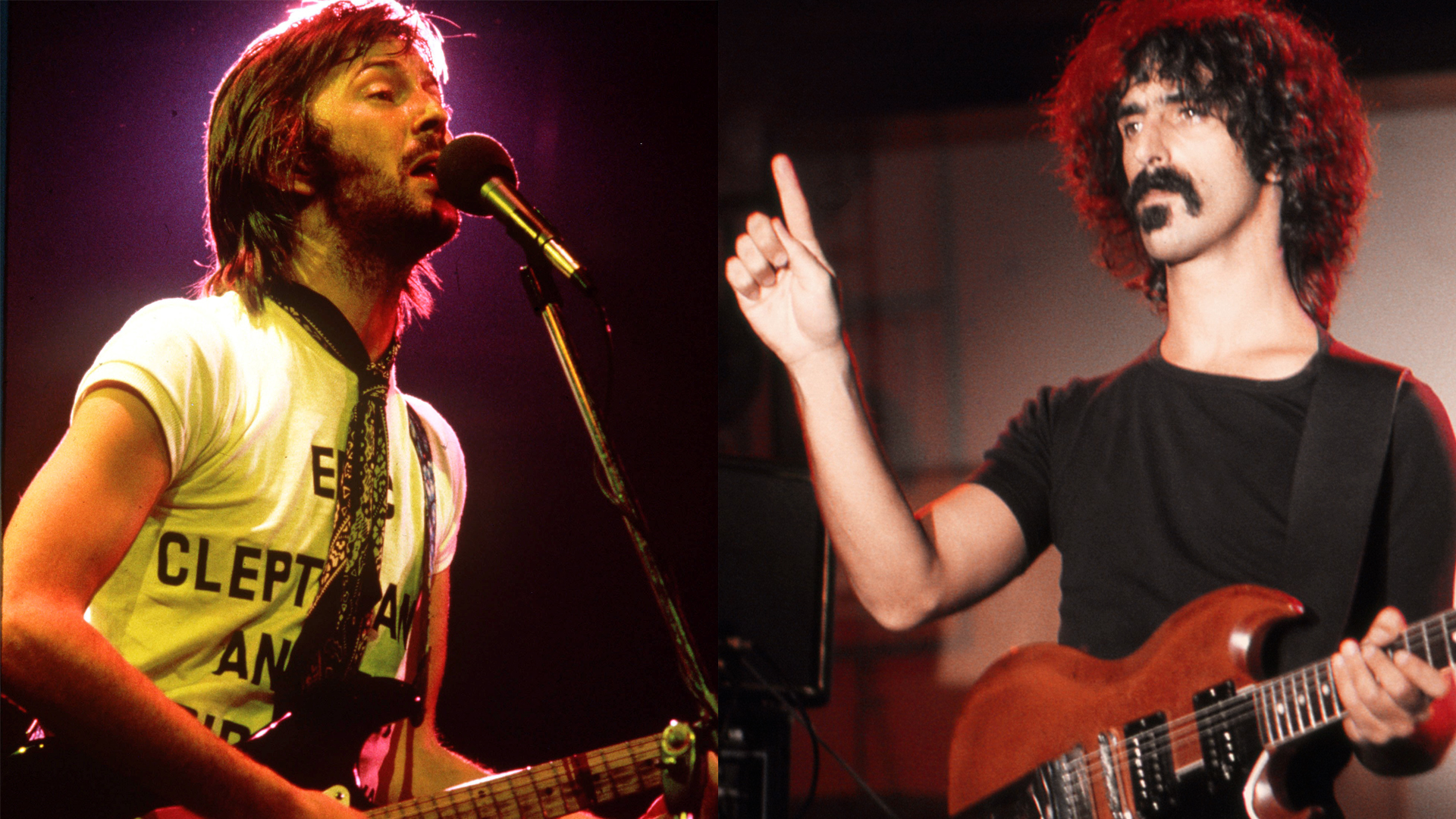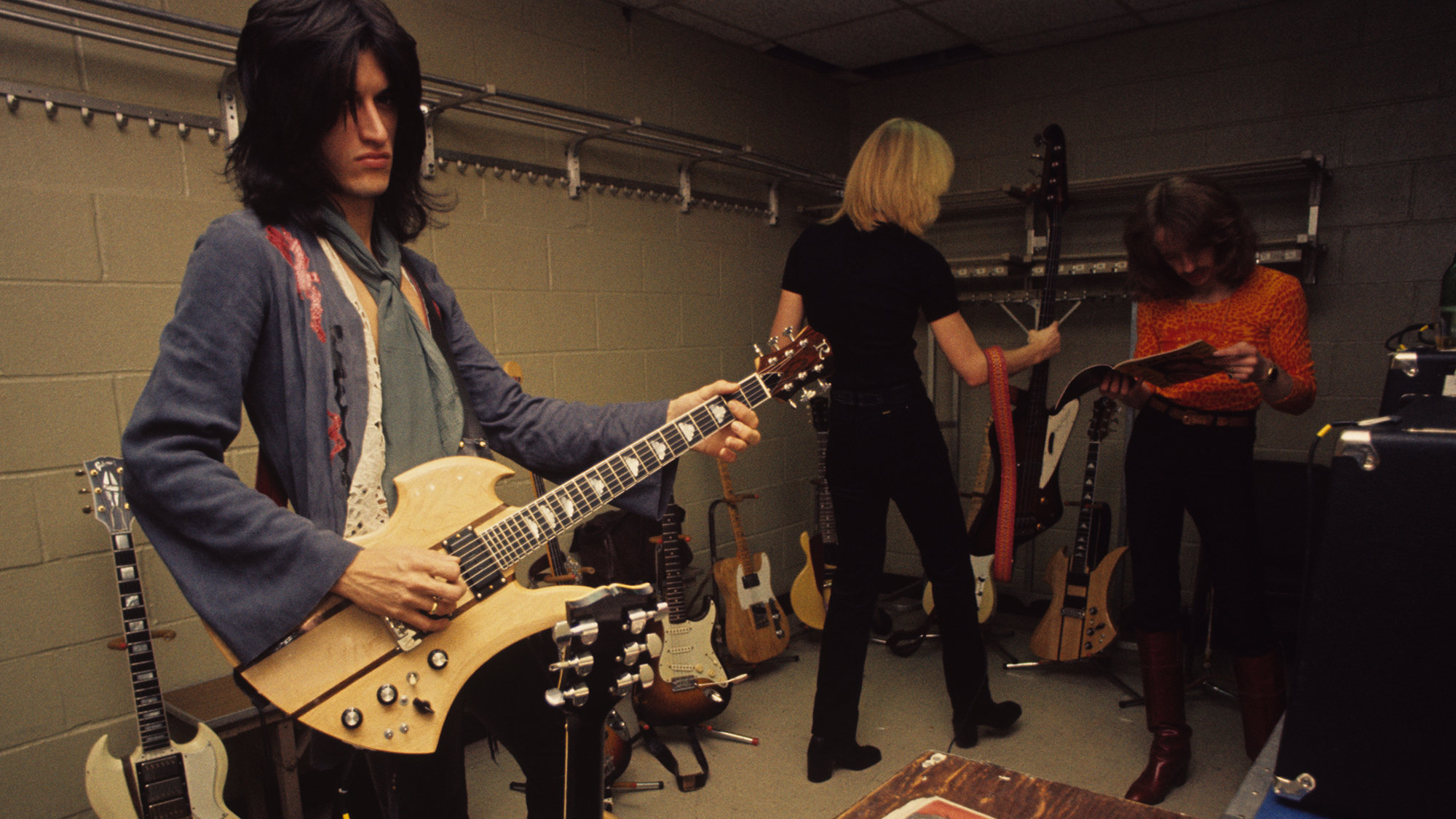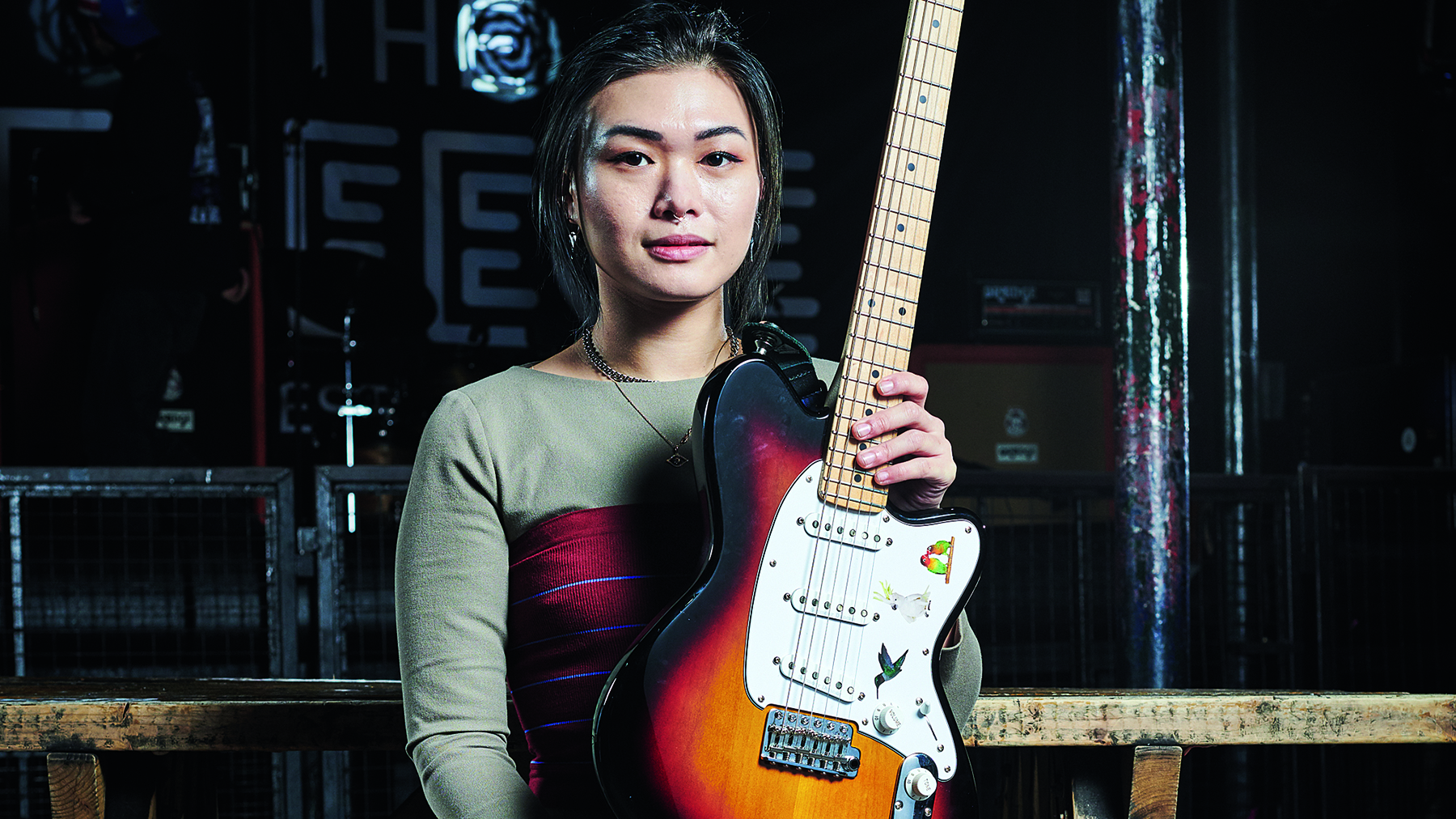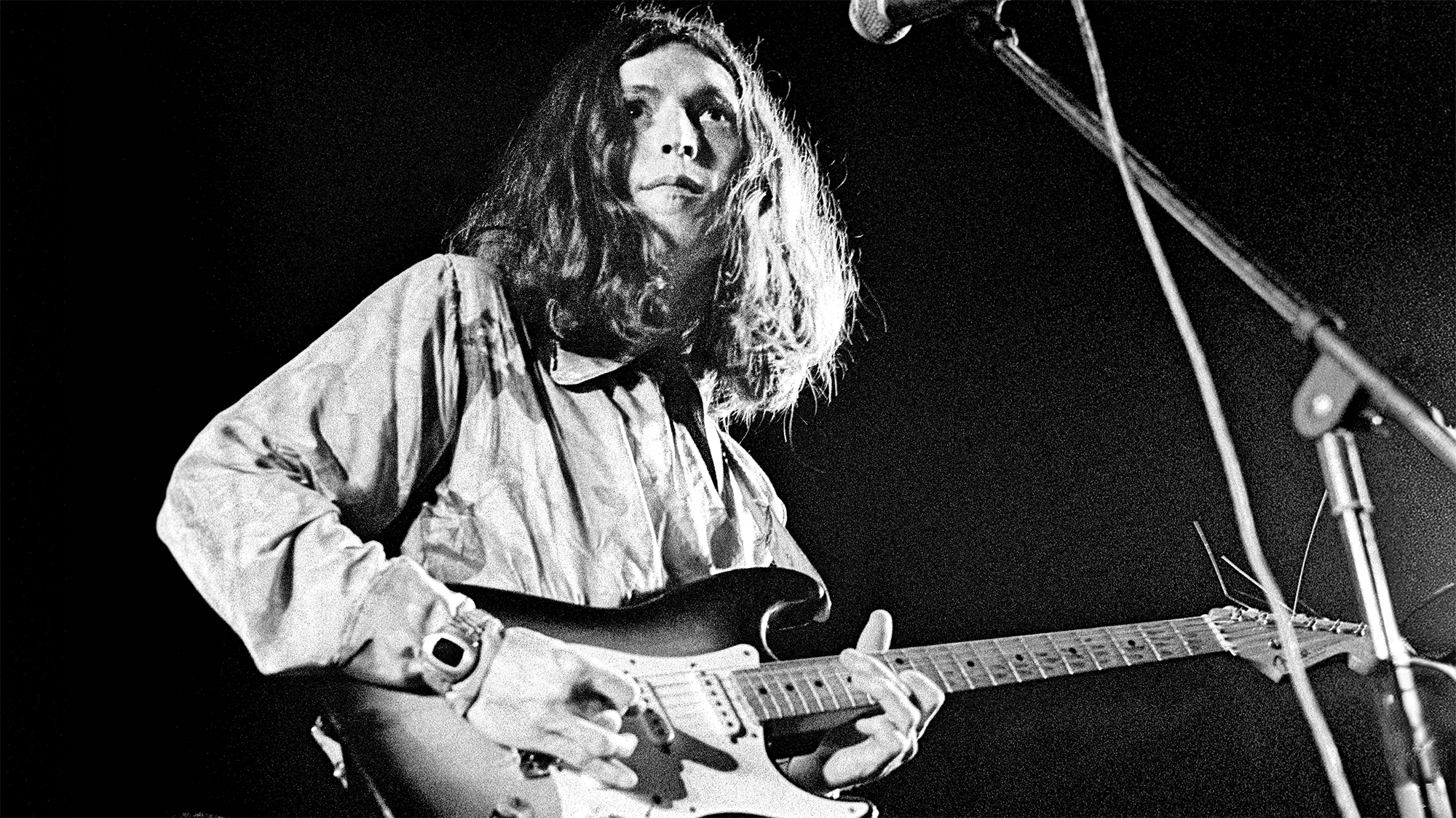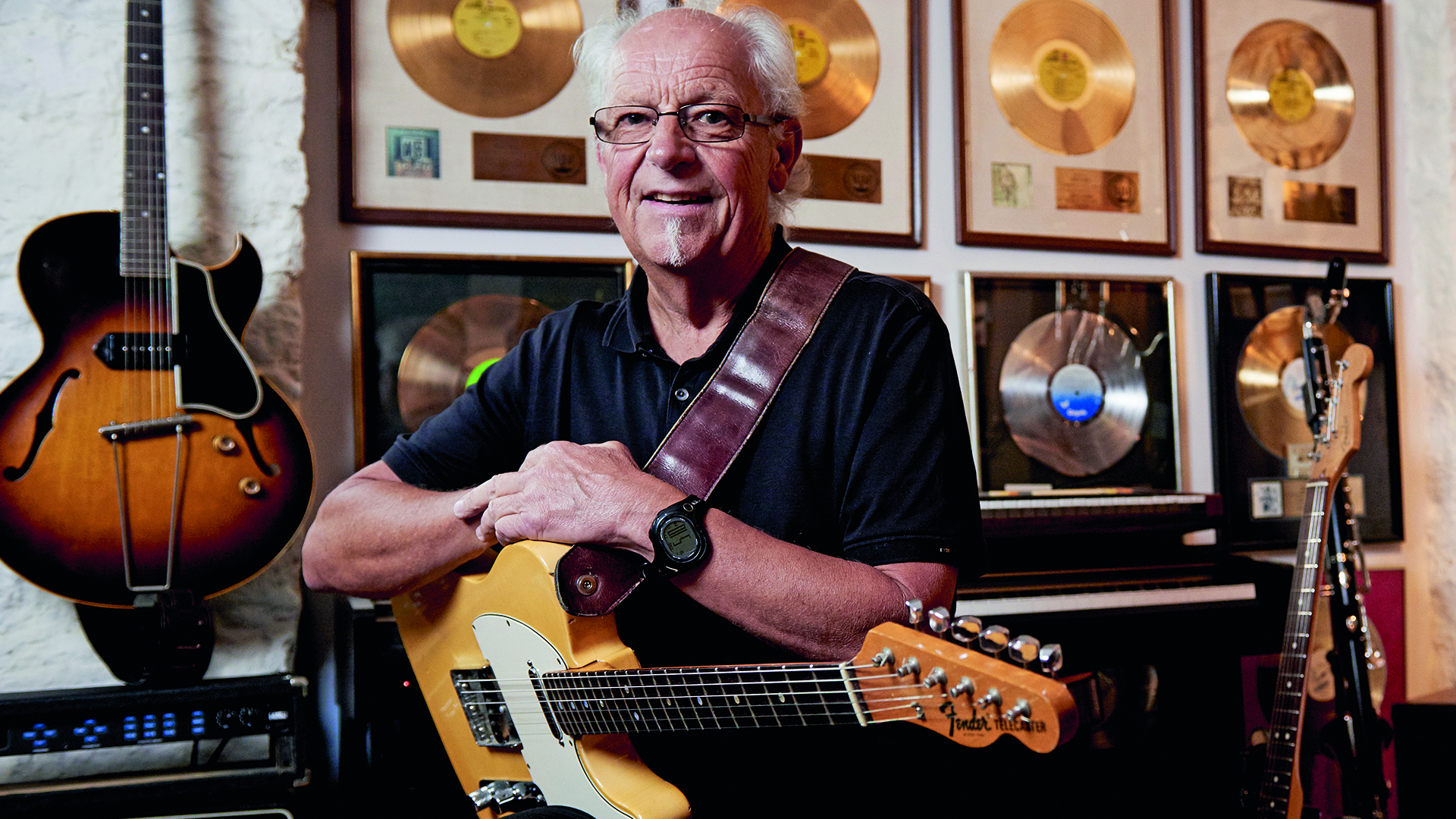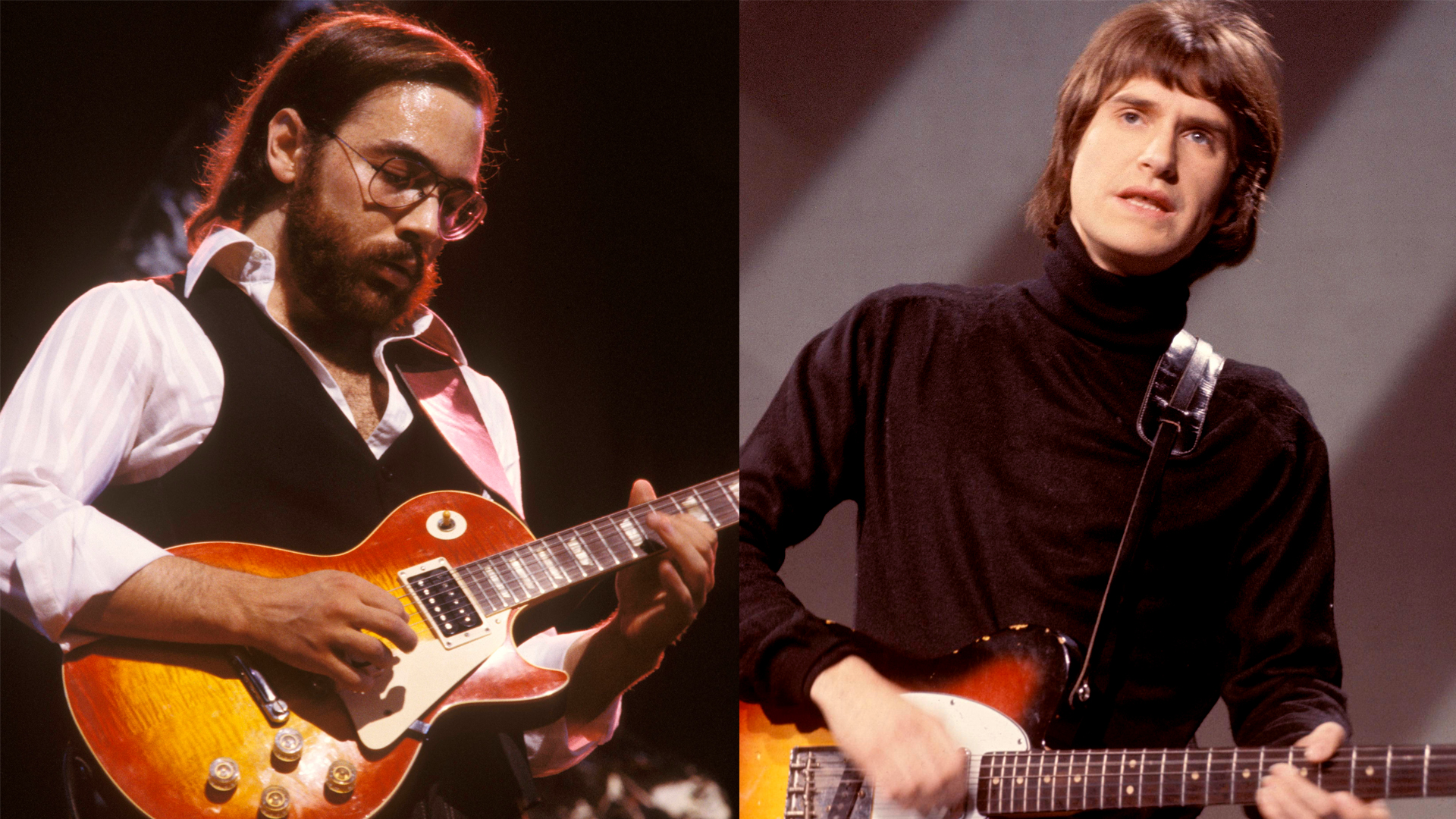“When Bob Dylan went electric, this Telecaster was one of his most crucial weapons”: Robbie Robertson’s heavily modified Telecaster, played by Bob Dylan and Eric Clapton, sells for $650,000
The guitar played a pivotal role in Dylan’s storied career, has been played by Eric Clapton, and features on records by Carly Simon, Joni Mitchell, and Ringo Starr
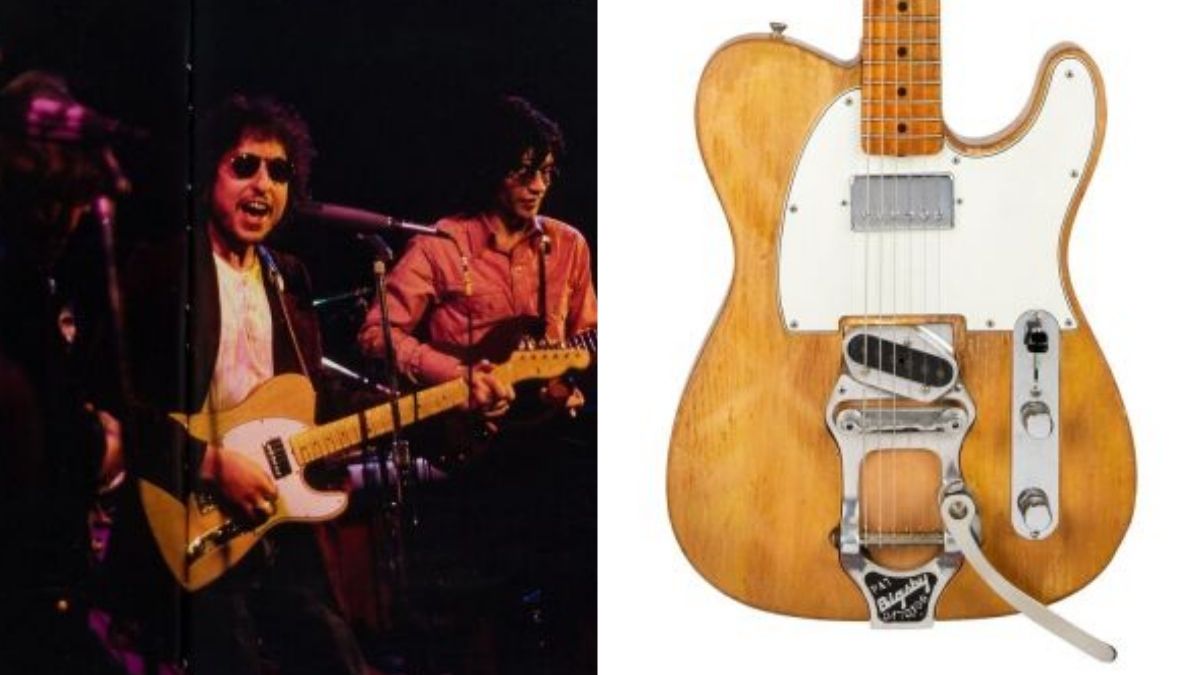
A historic and heavily modified Bob Dylan/Robbie Robertson Telecaster has sold at auction for $650,000.
One of the key headlines of Julien's two-day auction at the Hard Rock Café in New York, Robertson used the guitar extensively on stage and in the studio with Bob Dylan and The Band.
“When Bob Dylan went electric, nearly sixty years ago, this Fender Telecaster was one of his most crucial weapons,” says Alan Light of the guitar's rich history.
That means it was used throughout 1965, and featured on Dylan's 1966 classic, Blonde on Blonde.
It also featured every night on Dylan’s 1966 world tour, including his infamous performance at the Manchester Free Trade Hall, during which an audience member shouted “Judas!” at Dylan. When he and the Band subsequently launched into Like a Rolling Stone, this Tele was in Dylan's hands.
The guitar continued to be a workhorse for Robertson long after that historic tour’s end, with the guitarist using it on records he made with Carly Simon, Joni Mitchell, and Ringo Starr.
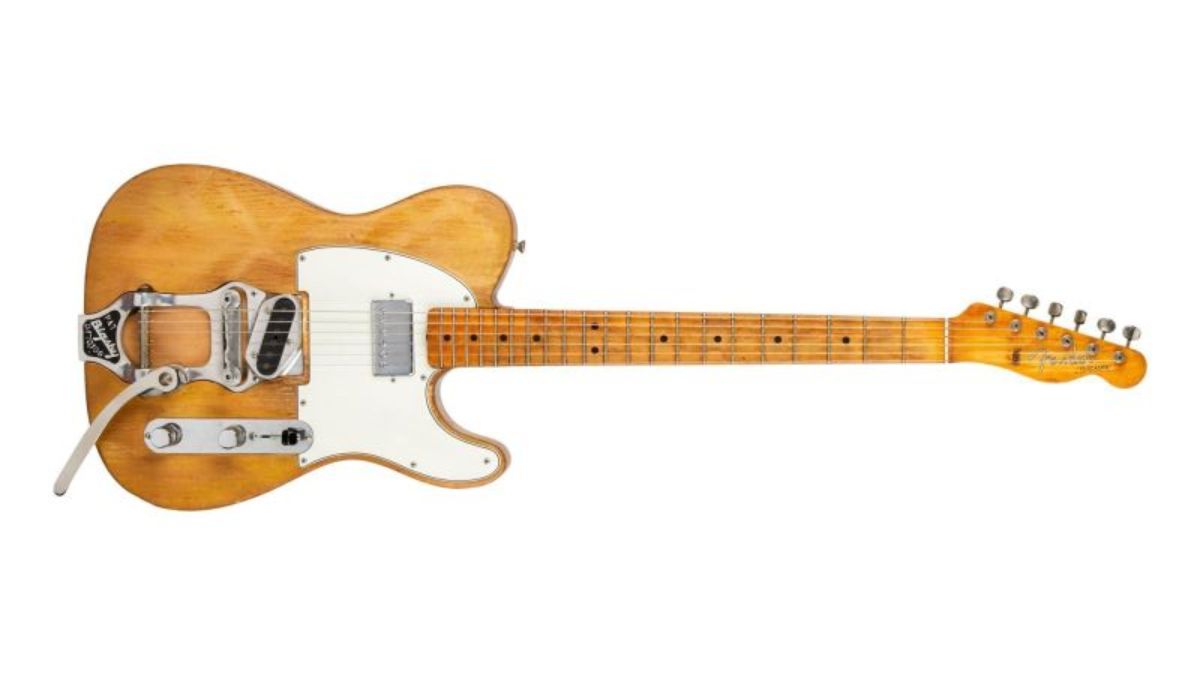
The much-used instrument was also played by Eric Clapton, on stage with The Band, in 1974.
Get The Pick Newsletter
All the latest guitar news, interviews, lessons, reviews, deals and more, direct to your inbox!
A 1965 Fender Telecaster with a 25.5" scale-length guitar, maple neck, and maple cap fingerboard with 21 frets, Robertson stripped away its original black finish in 1970, preferring a natural aesthetic.
Remnants of its original finish can be seen beneath the neck place and where the pickguard and control plate meet.
Its neck pickup and pickguard were replaced by the time of the Band's Rock of Ages performance in 1971. A three-ply white-black-white pickguard and a chrome-covered Gibson patent number humbucker, which it still has today, were the choice replacements.
The Telecaster also features a Bigsby B16 bridge, a modification made circa 2000, replacing the guitar’s original bridge. As Julien’s explains, the change was made in an “unorthodox” manner.
“The B16, which normally mounts to the top of the guitar and replaces its existing bridge entirely, was routed in order to set the entire device beneath the surface of the top,” it says. “This unique and unorthodox modification allowed the installation of the B16 without changing the fundamental string geometry of the guitar.”
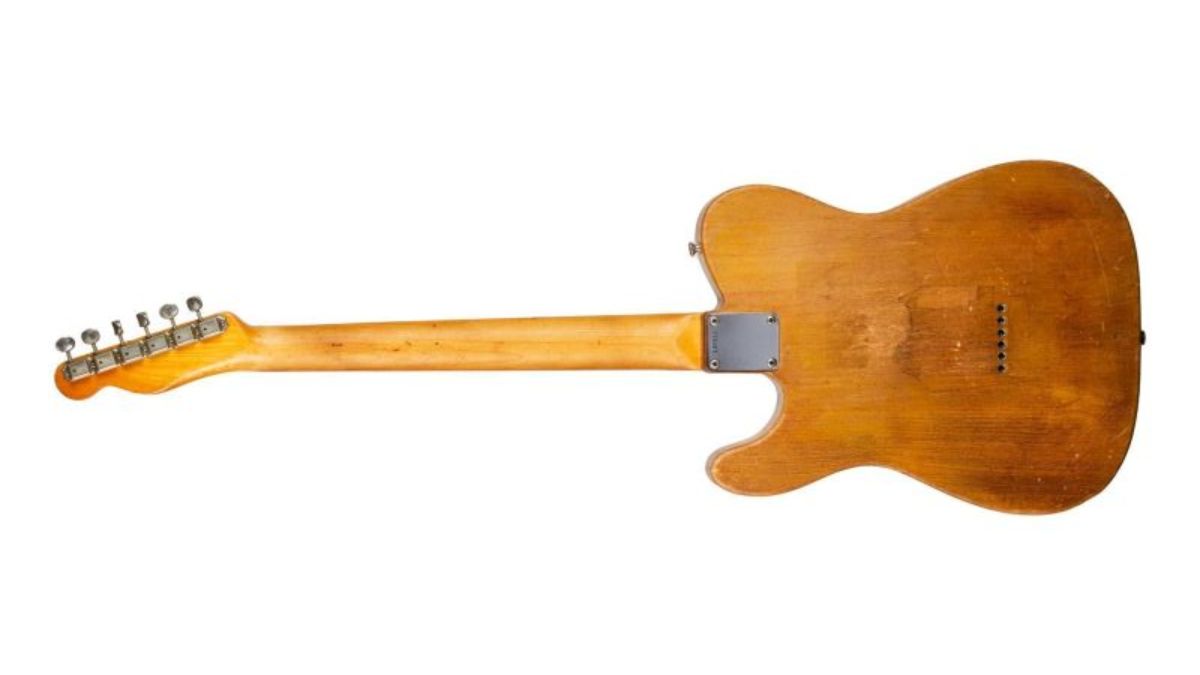
The guitar had been estimated to sell for $500,000 - $700,000, meaning it fell comfortably within the upper limits of such guesswork, receiving nine bids.
However, it’s a figure that pales in comparison with the $2.9m that John Lennon’s 12-string Framus, used on Help!, sold for at the same auction. That figure makes it one of the most expensive guitars to have been sold at auction.
Head to Julien’s for more information about the Telecaster and Framus, and the other high-profile instruments that fell under the hammer at the firm's most recent “Music Icons” auction.
A freelance writer with a penchant for music that gets weird, Phil is a regular contributor to Prog, Guitar World, and Total Guitar magazines and is especially keen on shining a light on unknown artists. Outside of the journalism realm, you can find him writing angular riffs in progressive metal band, Prognosis, in which he slings an 8-string Strandberg Boden Original, churning that low string through a variety of tunings. He's also a published author and is currently penning his debut novel which chucks fantasy, mythology and humanity into a great big melting pot.
"We tried every guitar for weeks, and nothing would fit. And then, one day, we pulled this out." Mike Campbell on his "Red Dog" Telecaster, the guitar behind Tom Petty & the Heartbreakers' "Refugee" and the focus of two new Fender tribute models
“A good example of how, as artists, you have to blindly move forward with crazy ideas”: The story of Joe Satriani’s showstopping Crystal Planet Ibanez JS prototype – which has just sold for $10,000

